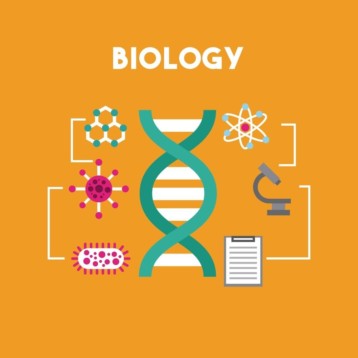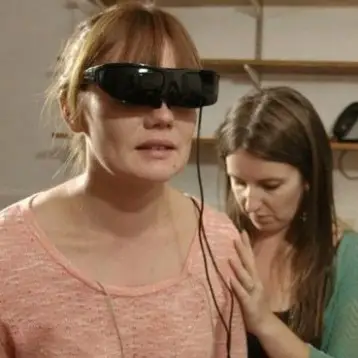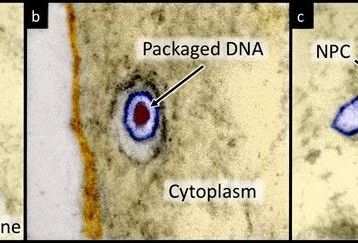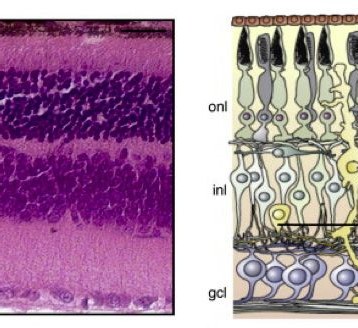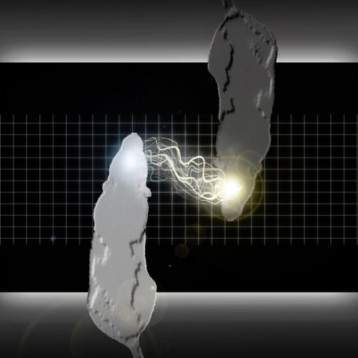|
Professor Renato Zenobi and doctoral student Matthias Jecklin of the Laboratory of Organic Chemistry have spent the past several years first developing the QTOF analysis methods and later an atmospheric pressure glow-discharge (APGD) source to generate plasma that collects molecules from the surface of a source and pushes them into the spectrometer.
One of the major advantages of this detection method is its use of existing commercial equipment with only minor modifications. According to a report in the Institute’s magazine “ETH Life”, it takes less than an hour to adapt a standard QTOF mass spectrometer to analyze particles collected using an APGD source.
This process is still in its early stages of development and according to the scientists, needs additional work before turning into a viable practical pesticide detector. For one thing, the current system can determine whether pesticides are present but cannot determine the amount of toxic chemicals present on any given piece of produce. Once pesticides are detected, conventional probing methods are still necessary to quantify the level of toxicity.
The new material analysis method has other practical applications in addition to pesticide detection. It can examine the composition of any vapor sent into the spectrometer. It can look for explosives or drugs on the surfaces of various objects, inspect meat for spoilage or harmful bacteria, and even examine the chemical makeup of human breath or sweat. Eventually, the combination of an APGD source and a QTOF mass spectrometer (collectively called “Extractive Electrospray Ionization mass spectroscopy (EESI)”) could become an important medical diagnostic tool, essential to law enforcement and military personnel as well as a standard tool for ensuring a safe food chain. Furthermore, it could be used to detect doping and other banned substances in athletes.
TFOT has previously reported on a portable microsensor capable of detecting pesticides and other volatile organic compounds. We have also covered several other innovative uses of spectroscopy including its applications in early detection of tooth decay, a lie detector headband that uses near infrared spectroscopy, and a non-invasive blood glucose monitor that uses occlusion spectroscopy.
More information on Extractive Electrospray Ionization mass spectroscopy and some of its potential practical applications can be found on the Zenobi Group section of the Swiss Federal Institute of Technology Zurich website. You can also read an article published in ETH Life on using the developed process to detect spoiled meat here.
Icon image credit: Enoch Lau



